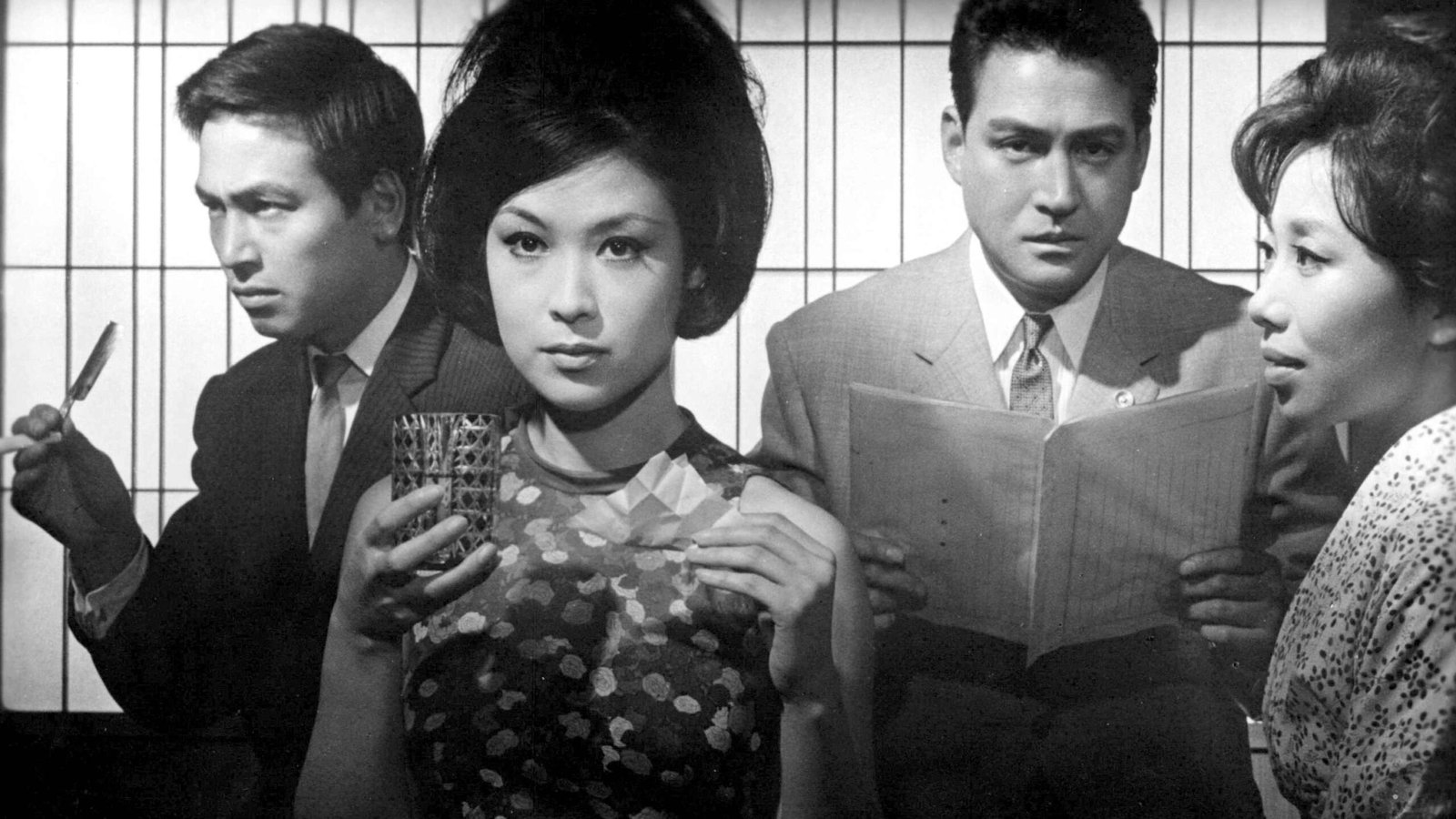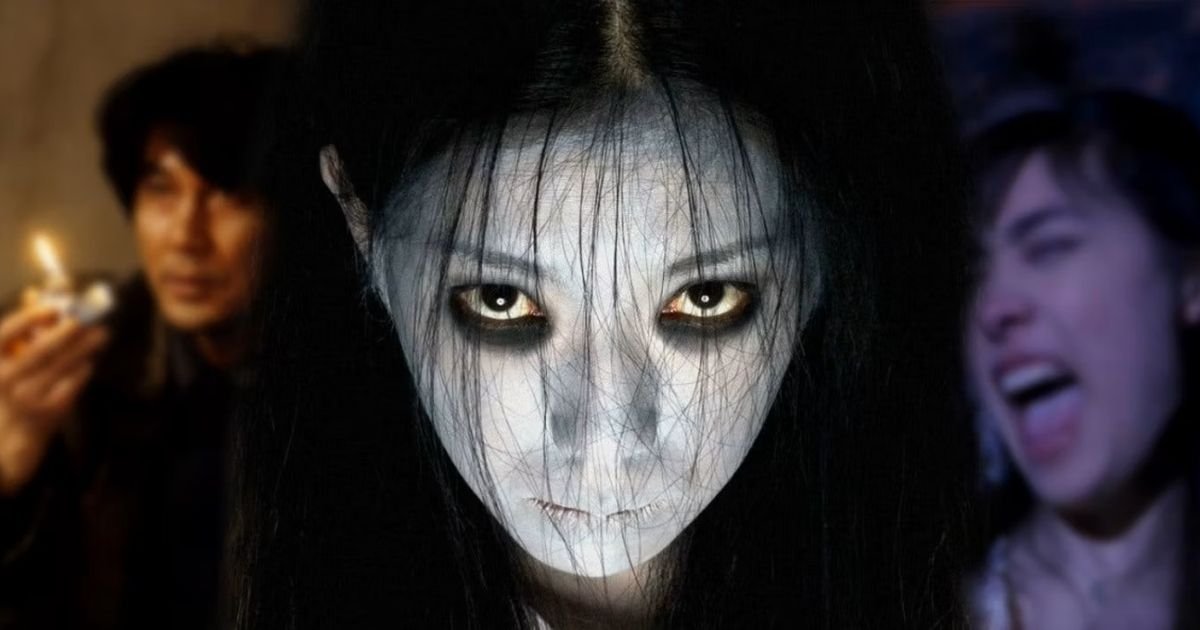Film festivals are more than just celebrations of new cinematic achievements; they are essential in preserving the rich heritage of classic films. In Japan, where cinema has a long and illustrious history, film festivals play a crucial role in restoring, showcasing, and preserving classic Japanese films. From early samurai epics to post-war masterpieces, these festivals ensure that the golden age of Japanese cinema continues to inspire new generations of filmmakers and cinephiles.
1. Showcasing the Masters: Kurosawa, Ozu, and Mizoguchi
Film festivals are instrumental in keeping the works of legendary Japanese directors like Akira Kurosawa, Yasujiro Ozu, and Kenji Mizoguchi alive. These filmmakers shaped global perceptions of Japanese cinema, and festivals such as the Tokyo International Film Festival and Kyoto International Film and Art Festival frequently include retrospectives dedicated to their works.
Key Contributions:
- Kurosawa’s “Seven Samurai” (1954) and Ozu’s “Tokyo Story” (1953) are often restored and screened, ensuring their technical and thematic brilliance remains accessible.
- Festivals provide a platform for international audiences to experience these classics, promoting appreciation for their historical and cultural significance.
2. Film Restoration Initiatives at Japanese Film Festivals

One of the most critical roles film festivals play in preserving classic films is through film restoration initiatives. With time, many classic films suffer from degradation due to age and improper storage. Film festivals, in collaboration with institutions like the National Film Archive of Japan and international film archives, fund and promote the restoration of classic Japanese films.
Festival Contributions:
- The Tokyo FILMeX festival often collaborates with film archives to screen newly restored Japanese films, ensuring that they can be enjoyed in their original glory.
- Classic films such as “Ugetsu” (1953) by Kenji Mizoguchi and “Rashomon” (1950) by Akira Kurosawa have been restored and reintroduced to modern audiences, thanks to these efforts.
3. Preserving Cultural Heritage Through Cinema
Classic Japanese films are deeply connected to Japan’s cultural identity. They offer historical insights into the social, political, and aesthetic values of their time. Film festivals help preserve these cultural narratives by continually presenting them to diverse audiences, ensuring that the stories, traditions, and themes explored in these films remain relevant.
Festival Highlights:
- The Kyoto International Film Festival frequently includes special screenings of classic films that depict traditional Japanese culture, such as “Sansho the Bailiff” (1954) by Mizoguchi, which addresses themes of morality and social order in feudal Japan.
- These screenings help foster a deeper understanding of Japan’s history and values, preserving its cultural heritage through cinema.
4. Promoting Global Awareness of Classic Japanese Films
Film festivals, especially international ones, play a significant role in introducing classic Japanese films to global audiences. These festivals create opportunities for cross-cultural exchange and help elevate the status of Japanese cinema within the global film community.
Key Festivals:
- The Cannes Film Festival and the Berlin International Film Festival often feature retrospectives and special screenings of classic Japanese films, fostering global appreciation.
- At these festivals, films like Ozu’s “Late Spring” (1949) and Kurosawa’s “Ran” (1985) are reintroduced to international audiences, highlighting Japan’s contribution to world cinema.
5. Film Festivals as Educational Platforms
In addition to screenings, many film festivals host panel discussions, lectures, and workshops focused on classic Japanese cinema. These educational components are essential for deepening audience engagement with the films and the filmmakers behind them.
Educational Initiatives:
- The Tokyo International Film Festival often includes discussions with historians, film scholars, and directors, where they explore the significance of classic Japanese films in both a national and global context.
- These discussions provide valuable insights into the filmmaking techniques and thematic complexities that define classic Japanese cinema, fostering greater understanding among younger generations of filmmakers.
6. Encouraging New Filmmakers to Learn from the Classics
Film festivals also provide emerging filmmakers with the opportunity to learn from the past. By showcasing the works of Japan’s cinematic pioneers, festivals inspire young directors to incorporate timeless themes and techniques into their own films.
Festival Contributions:
- At festivals like Pia Film Festival, which focuses on new filmmakers, classic screenings provide a foundation for young directors, encouraging them to build upon the legacy of Japanese cinema’s golden age.
- Directors such as Kiyoshi Kurosawa and Hirokazu Kore-eda have spoken about the profound influence of Japanese film masters on their own work, a connection nurtured by these festivals.
Conclusion
Film festivals play an irreplaceable role in preserving classic Japanese films, ensuring that the masterpieces of the past continue to inspire and educate future generations. Through restoration efforts, retrospectives, and global showcases, festivals keep these films alive, celebrating the enduring legacy of Japan’s rich cinematic history. As new filmmakers rise, the classics remain a source of inspiration, thanks to the efforts of these crucial cultural events.










